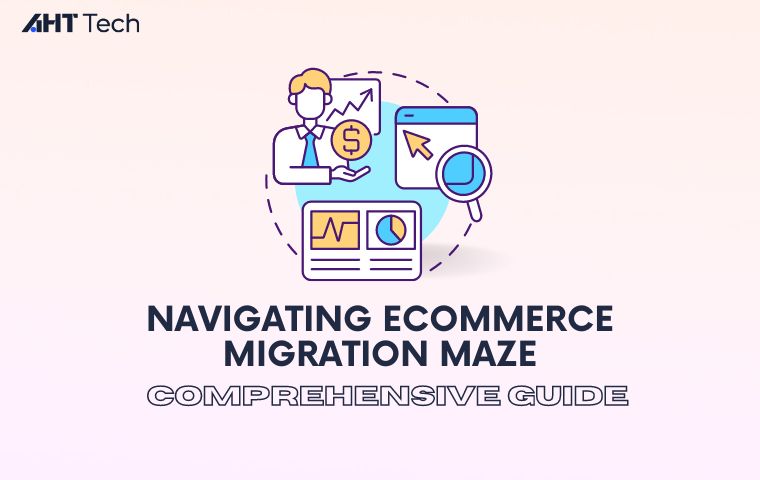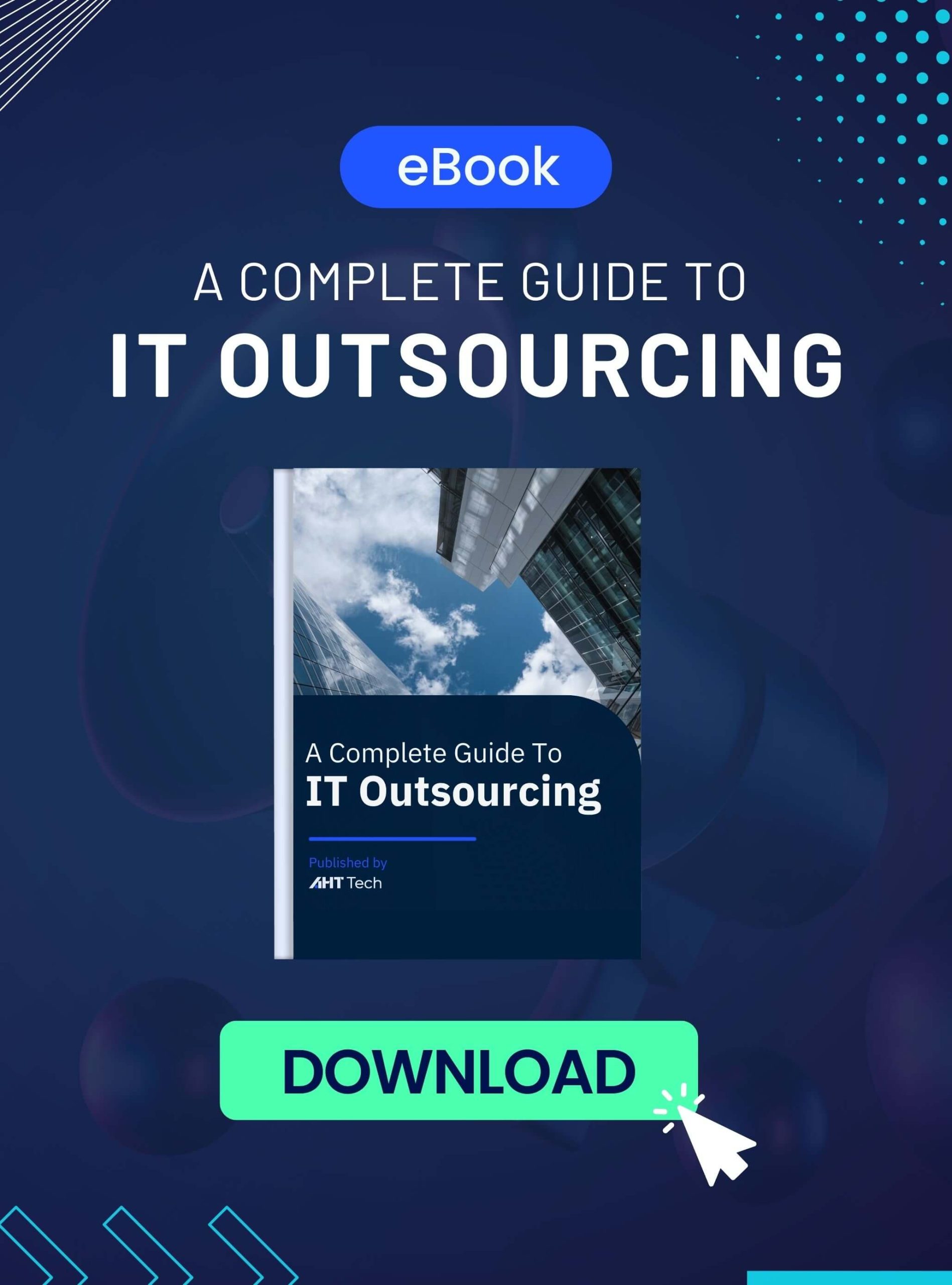TABLE OF CONTENT
What is Ecommerce Migration? Types of Ecommerce Migration
Why do you need Ecommerce Migration?
Considering Ecommerce Platforms to Migrate: 4 Options for Your Business
6 Basic Steps for A Successful Ecommerce Migration
Tips and Tricks to Overcome Common Challenges of Ecommerce Migration
Conclusion
What is Ecommerce Migration? Types of Ecommerce Migration
Ecommerce migration refers to the process of moving an ecommerce website, hosting service or system from one platform to another. It includes the process of moving all data of your actual business from displays, features, systems adapting to new platforms.
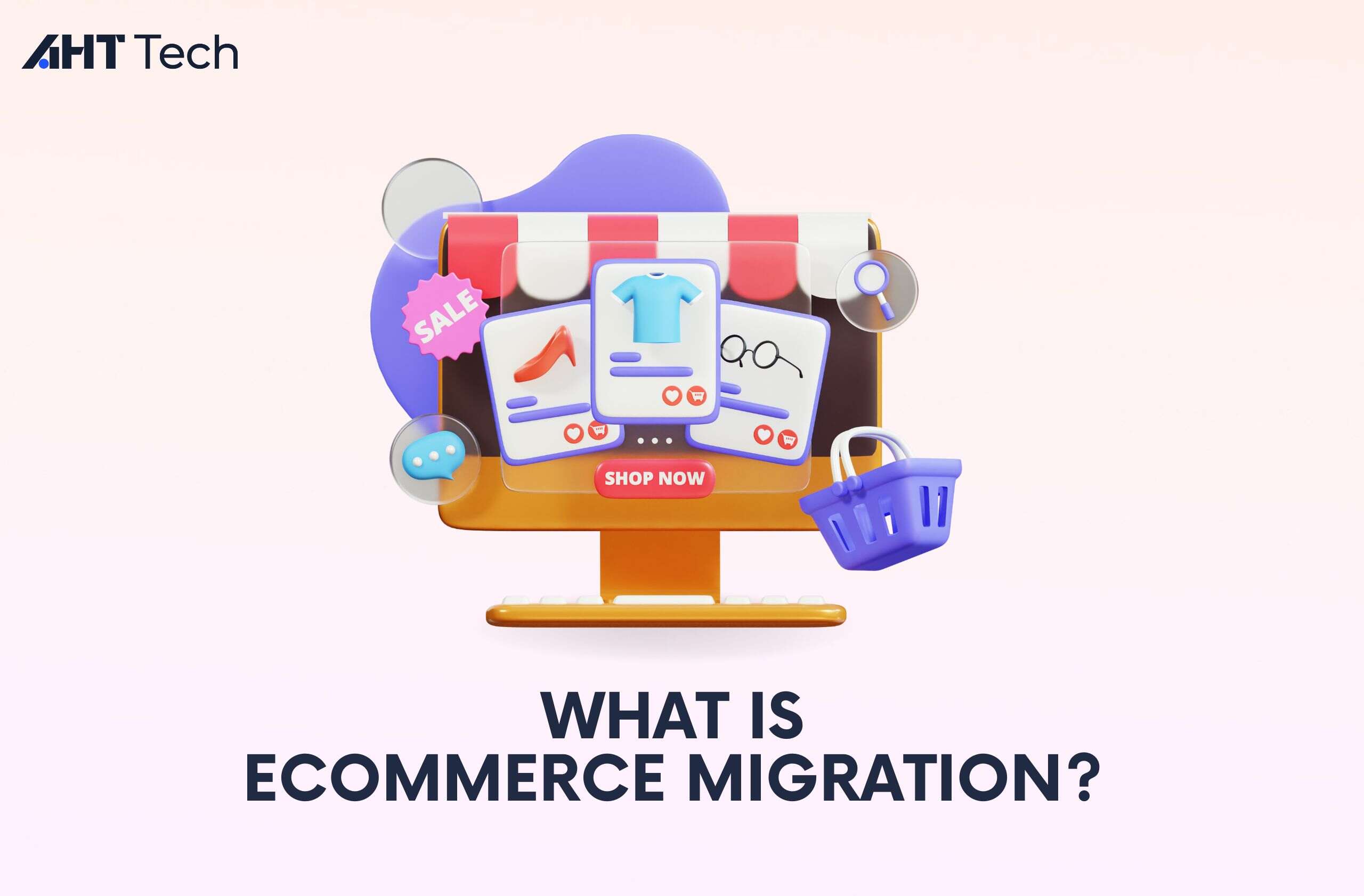
Besides, maintaining and conversing business data still needs to be ensured when migrating to another platform. This journey is extremely complicated, because you must see how different it is in presenting data from the previous one.
Normally, there are 3 popular types of Ecommerce Migration that you need to know to apply to your business.
- Platform to Platform
Platform to Platform has a meaning of migrating with your business from one ecommerce platform to another. The easiest example to understand is that your business is operating on the Magento platform, and you want to push it to Shopify; or from WooCommerce to BigCommerce.
That’s the power of being active online versus offline. You can and have the right to decide the coverage and spread of your business by choosing the most famous, most viral ecommerce platforms, or simply the best suited for your business operations.
- Phased Migration
Choosing Phased Migration, you will move your business incrementally from one platform to another, solving modules or problems that arise with ecommerce platforms at the same time. This approach is often chosen by businesses because it minimizes disruption and risk, especially in customer experience.
For example, a furniture company implementing phased migration can migrate product data, catalog management functions, shipping, payments, etc step by step, ensuring seamless, transparent operations between parties throughout the transition process.
- Monolith to Headless
This transformation separates the frontend from the backend of ecommerce platforms. By choosing Monolith to Headless, your business will be given flexible and advanced customization options, while also allowing for seamless integration with 3rd party APIs.
To see more clearly the effectiveness of this option, we can take an example of a technology business. This business separates the entrance to the shopping space from the order processing system of the ecommerce site, thereby personalizing the user experience and speeding up page load times.
Why do you need Ecommerce Migration?
If you are still wondering about using ecommerce migration, the precious benefits it can bring below will resolve those concerns.
Enhance and optimize performance
Moving to a new environment, a new ecommerce platform can help you improve the speed of your website and increase user trust (when upgrading to a popular platform with a large customer base). At the same time, optimize customer experience when entering the website.
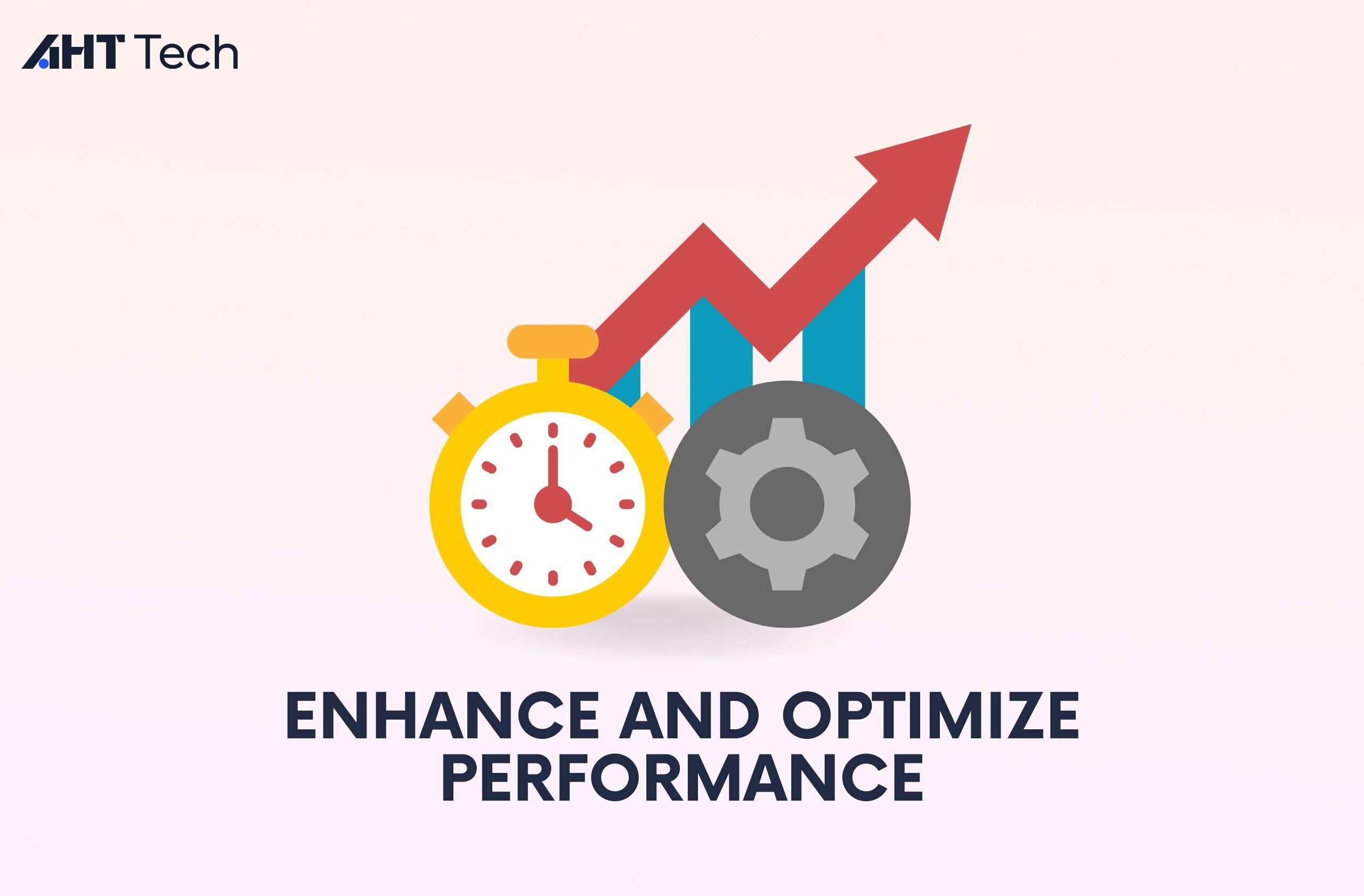
Scalability
A more sophisticated ecommerce platform will make it much easier for you to meet the needs of product growth and expansion, increase transaction volume and product portfolio, and expand your customer base. This should be handled soon, especially when ecommerce is recording outstanding growth.
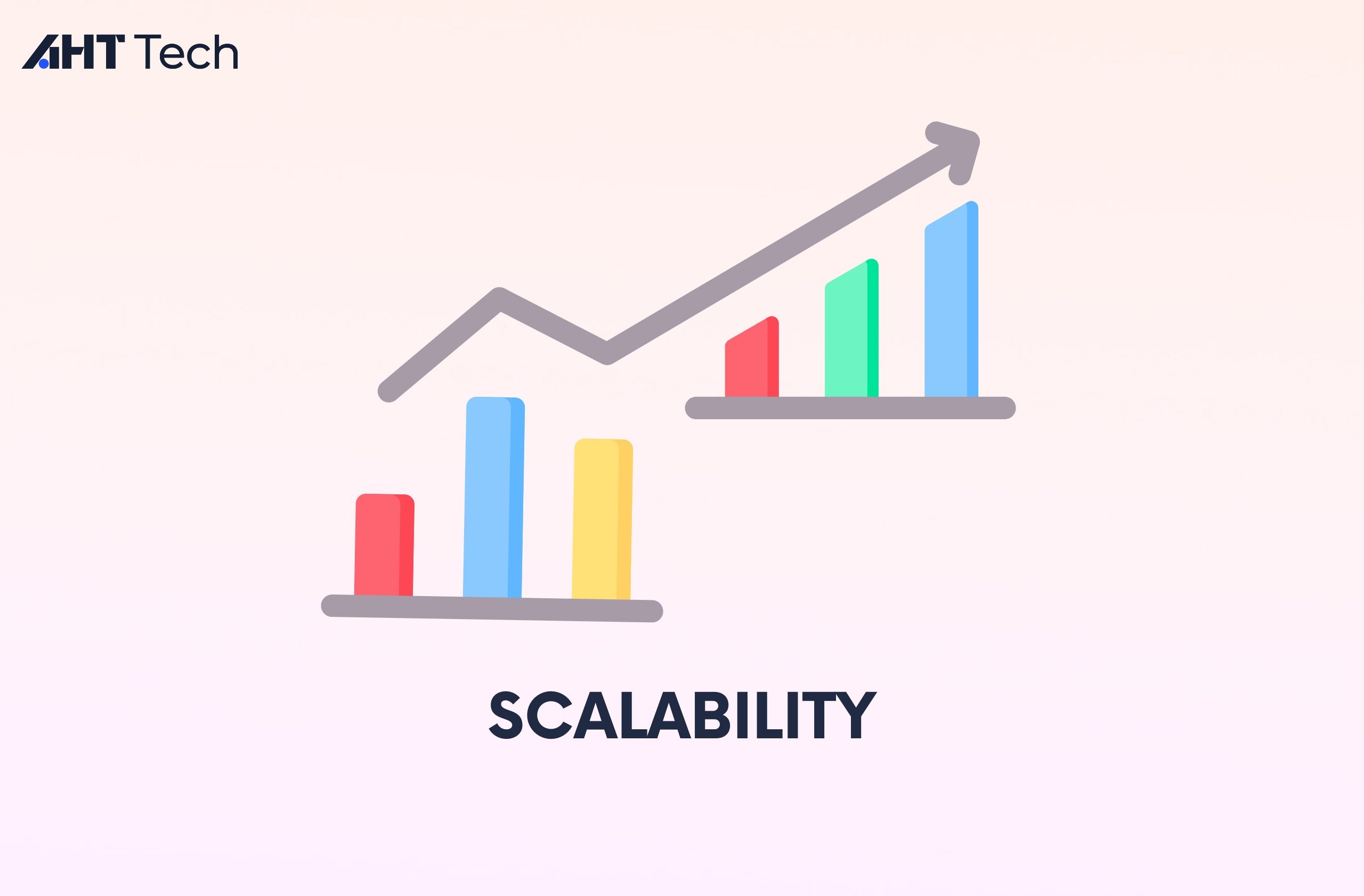
Cost Savings
Switching to another ecommerce platform, your business can reduce hosting costs, maintenance costs, available resource usage, while allocating resources more effectively and spending money on investment. Of course, this will depend heavily on the platform you choose and the criteria you set when implementing ecommerce migration.
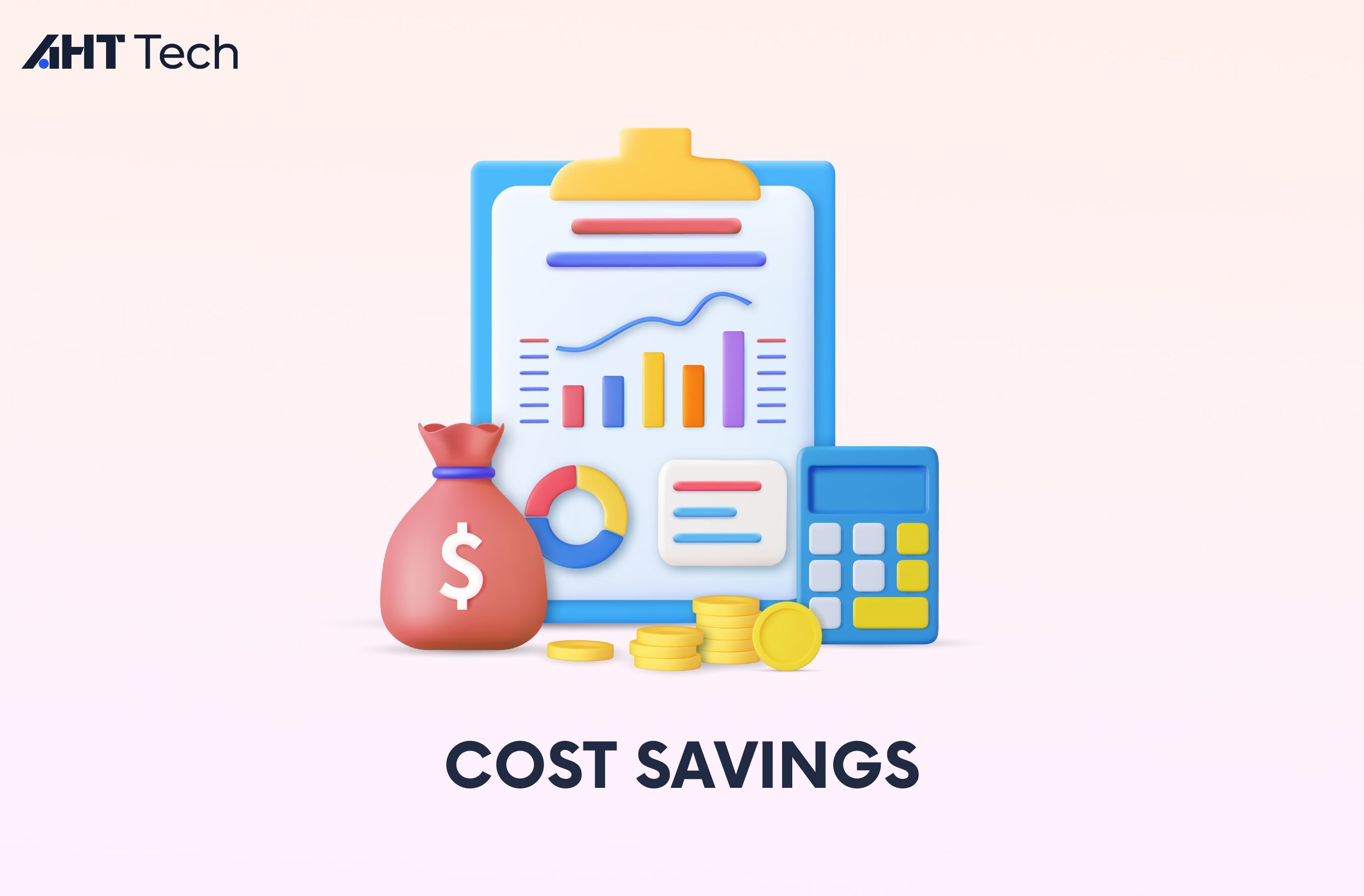
Future-proofing
Being willing to change and move ecommerce is proof of your seriousness on the business development journey.
Desire to improve efficiency in developing and expanding customer files and be ready to meet the huge demand underscores your readiness to adapt to all changes in the market, so that businesses always accompany customers in the best state.
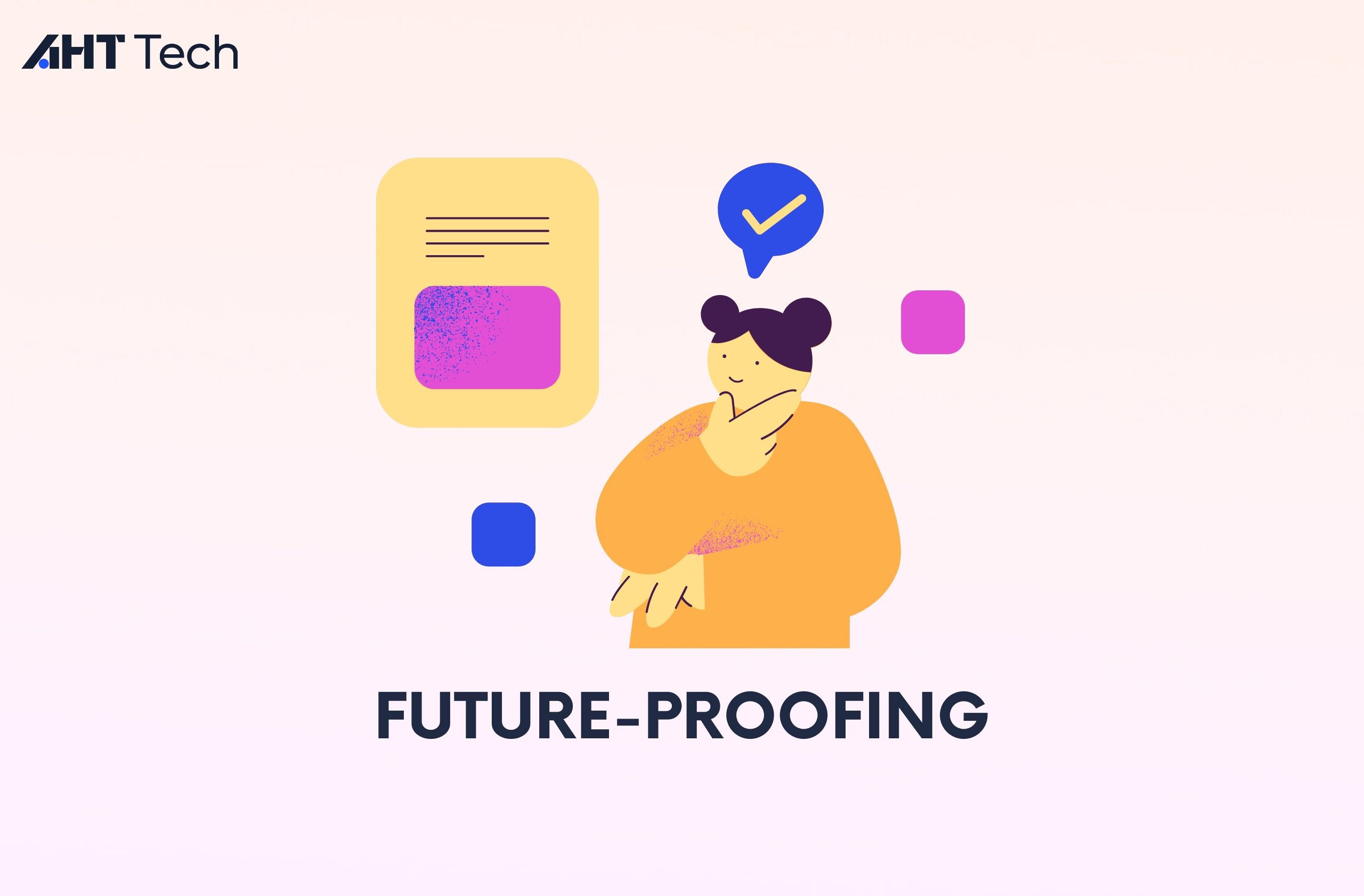
Considering Ecommerce Platforms to Migrate: 4 Options for Your Business
Choosing an ecommerce migration solution demands a lot of time considering to bring the best results for your business.
Some popular options you can refer to and learn about:
SaaS (Software as a Service)
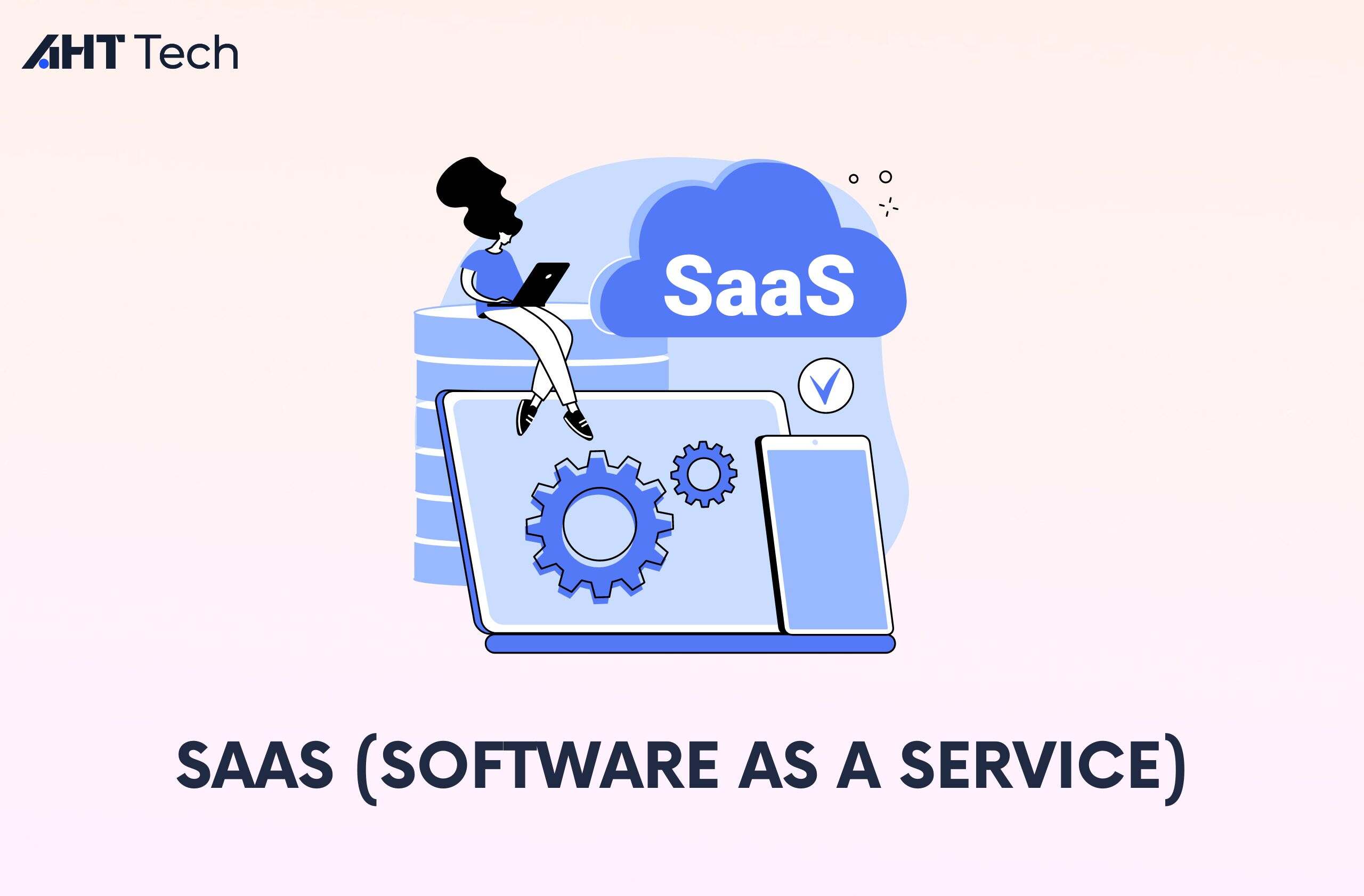
Based on registration with third parties in building, hosting and maintaining ecommerce operations, some famous SaaS platforms that you definitely know or are even using include Shopify, BigCommerce, WooCommerce, Squarespace, etc.
When using these ecommerce platforms, you need to pay a recurring fee. They are easy to use, quick to set up and often have a regular support team to answer your questions throughout the process of running your business.
On-Premise Hosting
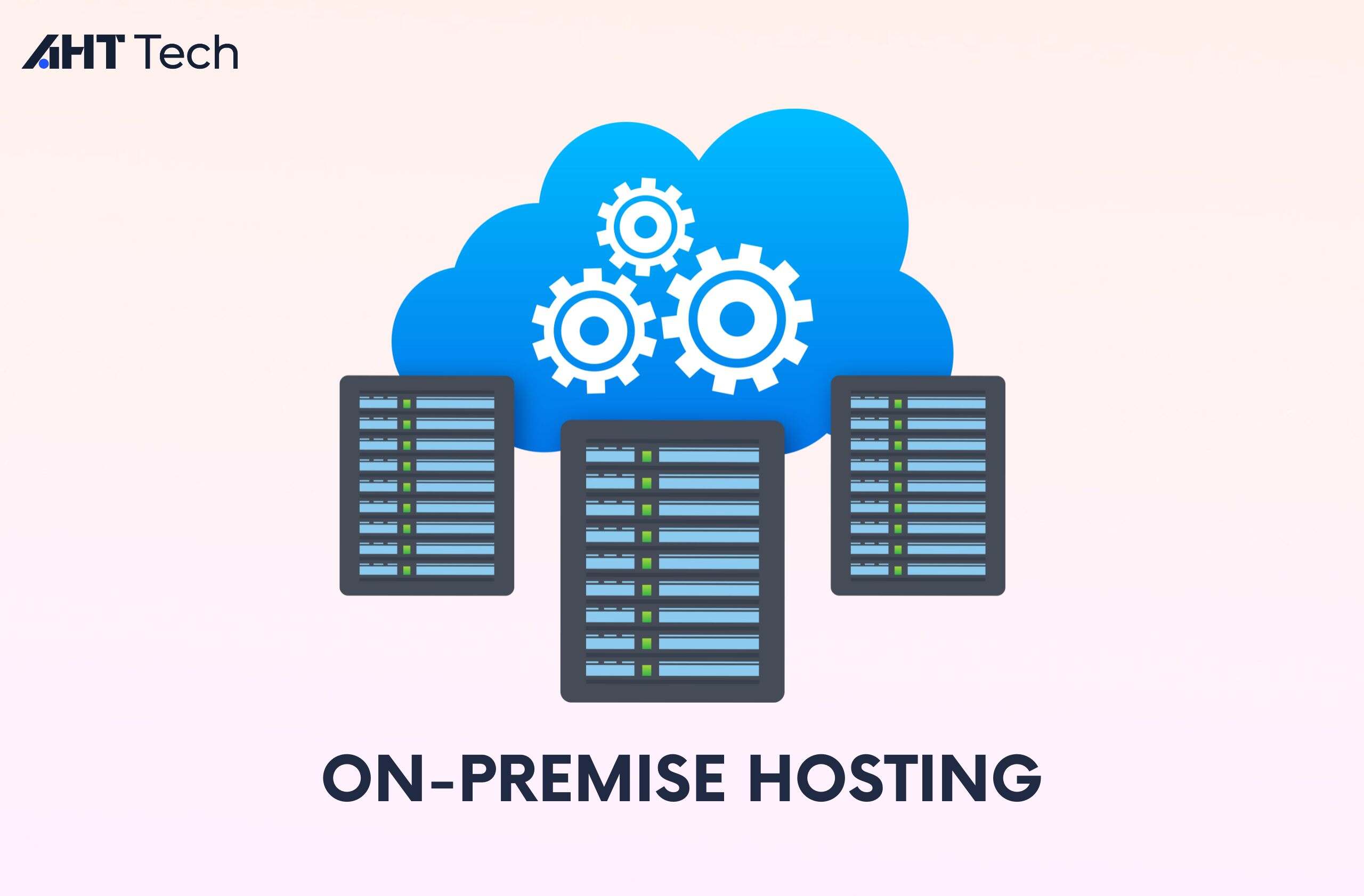
If you want to host your ecommerce platform on your own infrastructure and hardware, this choice is for you. You can have full control over hardware and software for business operations, and have enough resources to perform regular maintenance, upgrades, and security.
However, the financial factor will be extremely worth considering in this option, especially for small businesses or startups, because energy costs, maintenance, and hardware repair constitute significant expenses.
Cloud-based Solution/ IaaS (Infrastructure as a Service)
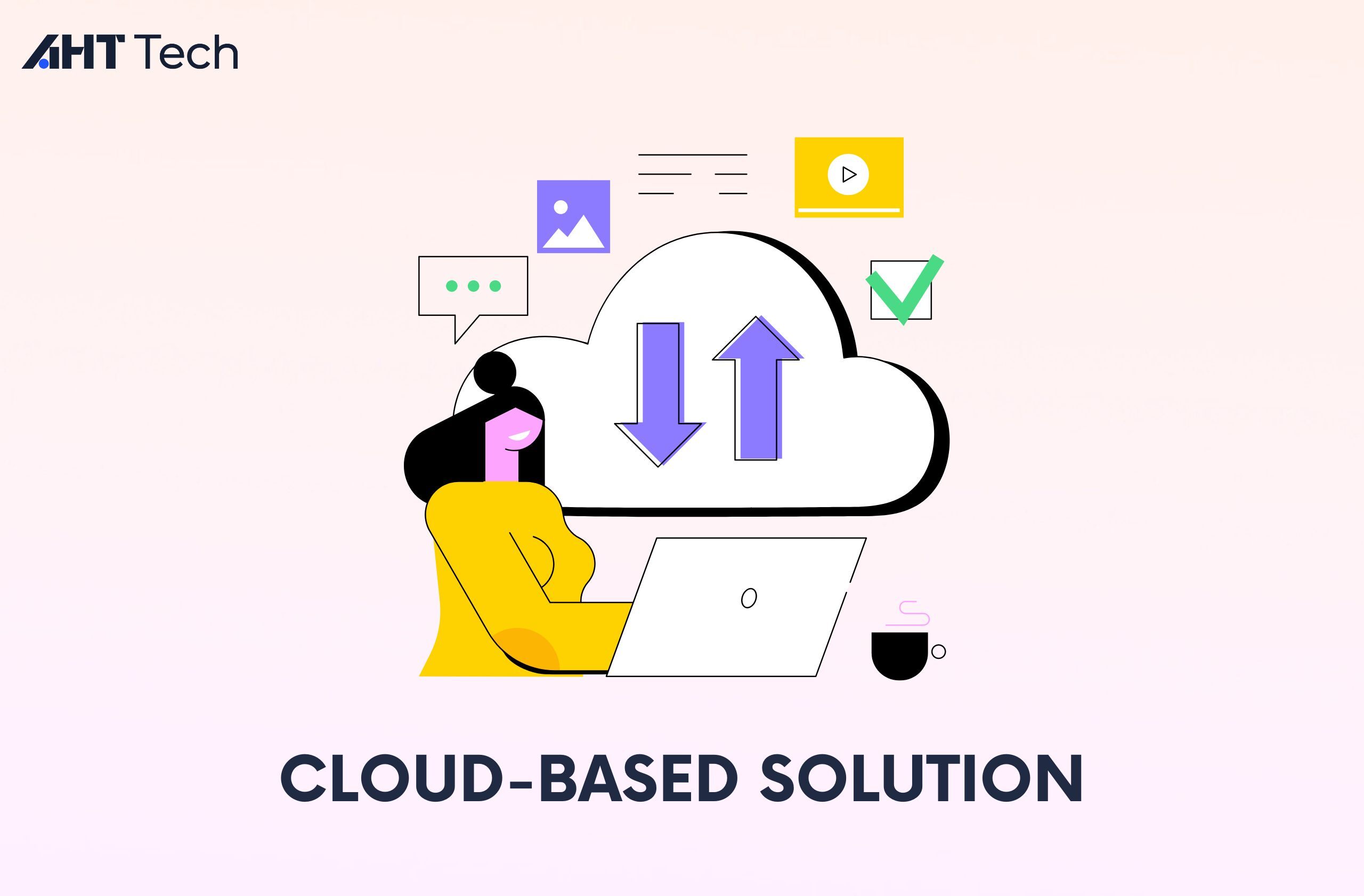
Cloud-based ecommerce platforms, such as Nexcess Cloud, are an option that many businesses consider because of their flexibility and relatively large scalability. You can rent memory and hardware from a third party, then maintain business activities on the ecommerce platform yourself.
Thanks to that, you can proactively adjust and control your business, while still balancing costs based on your own business needs.
Headless Systems
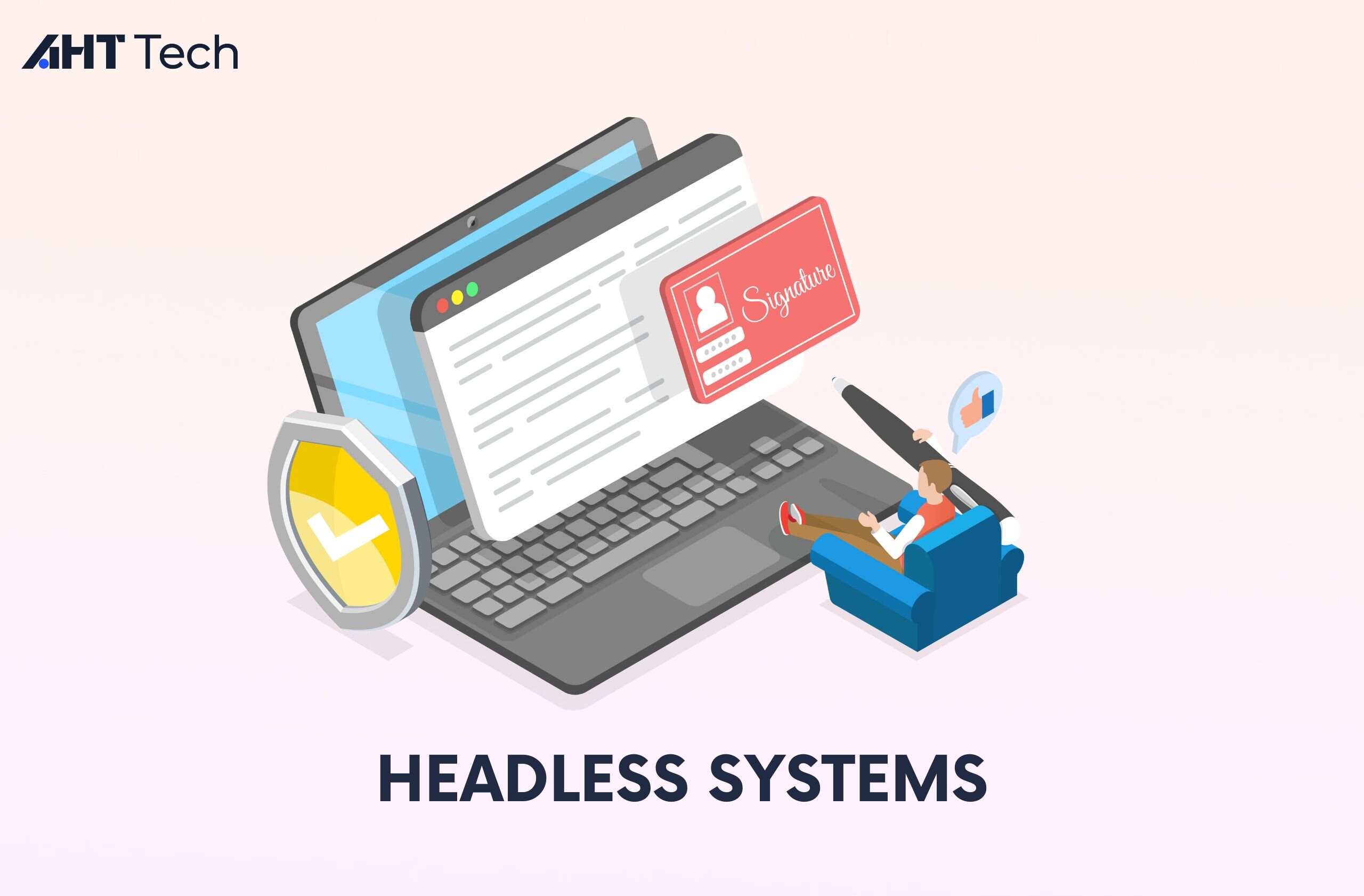
As mentioned above, you can also consider Headless Systems for business activities on ecommerce platforms. The frontend and backend now operate separately, giving you the flexibility to customize to create a unique shopping experience for your customers.
With this option, you can leverage the same backend to enhance the user experience and interface, such as mobile experience compatibility, or use voice support. This approach helps businesses create multi-channel operations with different touch points, reaching customers in as many dimensions as possible.
6 Basic Steps for A Successful Ecommerce Migration
A successful ecommerce migration, for sure, requires you to really put effort into your business, and to be ready to orient and decide on new directions based on new goals for your business on ecommerce platforms.
Not to let you fall into the trap information, we have summarized and given you 6 simple steps to successfully have a perfect ecommerce migration journey:
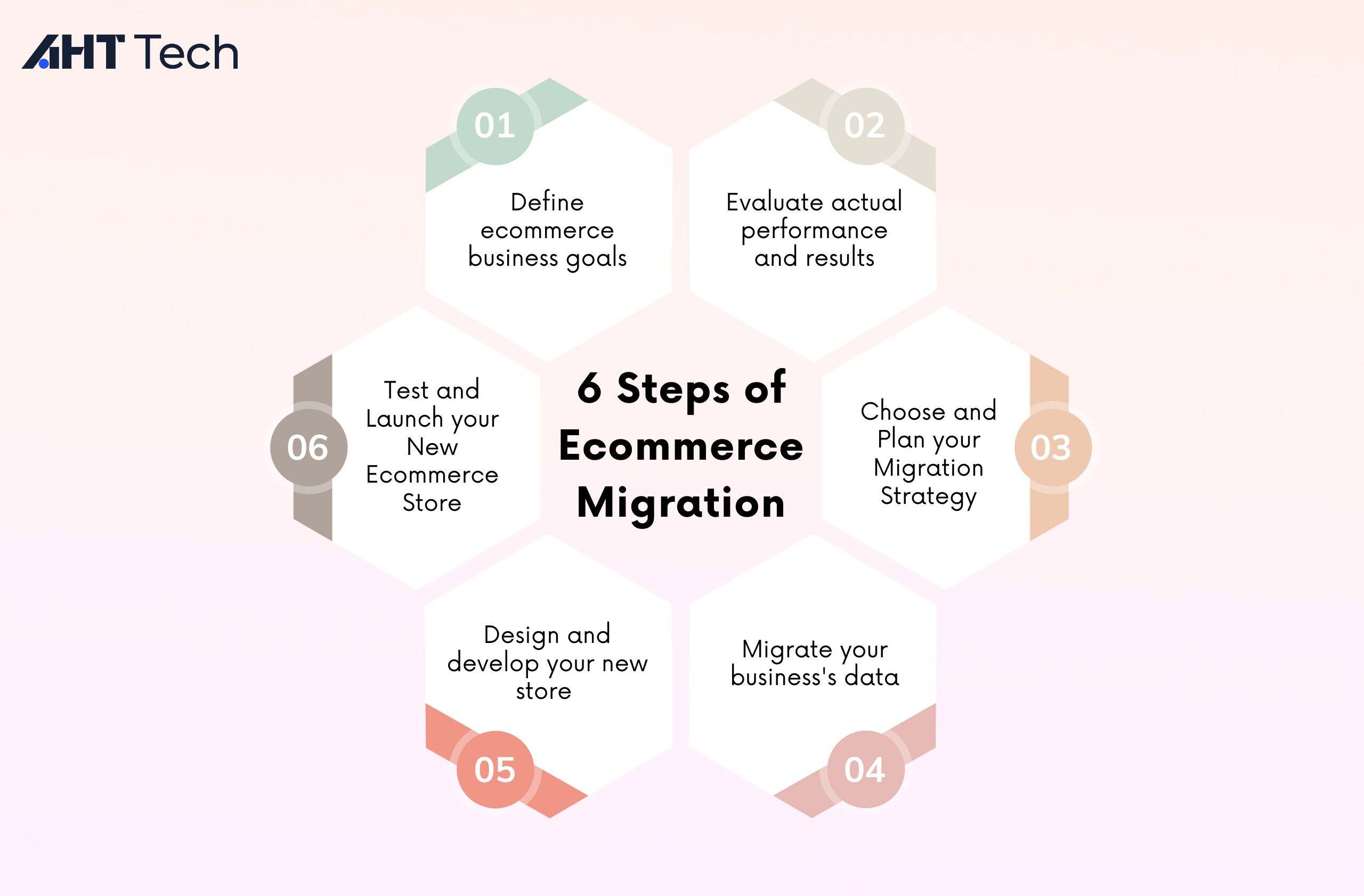
Step 1: Clearly define your ecommerce business goals - alone, or, with our assistance
A Project Manager named Tom Landry said this: “Setting a goal is not the main thing. It is deciding how you will go about achieving it and staying with that plan”. This quote demonstrates the importance of determining the right goals and planning properly, two key factors for a campaign to be successful. Of course, an ecommerce migration is no exception.
You need to clearly determine what your ecommerce migration is for? It could be enhancing user experience, effectively taking advantage of new features, streamlining operations or optimizing costs. Must clearly state what factors you are looking for in a new platform or strategy.
Next, you also need to clearly understand your goals when making the move. After 6 months, do you expect to increase your sales conversion rate by 40%? Do you want to reduce cart abandonment by at least 70%? Or does the website load 2x faster? That is something you and your team need to plan clearly.
However, don’t worry too much if you’re still uncertain and confused. Reputable consulting units and experts with decades of experience in the ecommerce solution industry and ecommerce migration services can support you in consulting, planning and determining the right direction you want.
Step 2: Thoroughly evaluate the performance and results of the operating platform
Next, you need to clearly identify the strengths and weaknesses of your current ecommerce store. Details that need to be reevaluated include scalability, page SEO capabilities, and mobile response features. This is also basic information for you to compare key features of different ecommerce platforms, thereby choosing the desired and most suitable platform.
If you’re not tech savvy, we are still here with you! Professional technology consulting units providing ecommerce migration services will be the perfect solution and choice for you to quickly pass this step and get to step 3.
Step 3: Choose and Plan your Migration Strategy
With the 3 main strategy options we have listed above, as well as based on the information collected, you need to:
- Shape the strategy, determine the scope, process and resources needed for this ecommerce migration
- Develop detailed plans and assign specific tasks to personnel
- Identify risks or challenges that may arise during the migration journey, especially seamless customer experience, and then have contingency plans to resolve them.
Step 4: Migrate your business's data
Once you have a specific plan in hand, you or your team will officially have the process of data migration to the new ecommerce platform:
- Map existing data to the new platform
- Export, save, format and transfer existing information to the new system (product catalog, company overview, customer list, etc)
- Verify data to see if it is complete, correct and accurate
Step 5: Design and develop your new store
After completing the basic information, what you need to do is quickly design the new interface of your store on the ecommerce platform to suit the new goals, with user experience but still consistent with brand.
- Edit design, layout, colors
- Arrange items and information appropriately according to advice
- Optimize Website SEO standards to quickly reach and reach users
Step 6: Test and Launch your New Ecommerce Store
Once everything is done, you need to carefully check the overview of your new ecommerce store again, try accessing each service and evaluate the speed also responsiveness of the website.
You can then launch your new commerce store.
Tips and Tricks to Overcome Common Challenges of Ecommerce Migration
A few tips and tricks so your business has a smooth ecommerce migration journey:
- Work with professional consultants and experts on ecommerce: If you and your team do not have much knowledge about ecommerce, choosing a consulting company with ecommerce migration services will be the optimal solution.
They will accompany you from the first days when the ecommerce migration idea is sparked, then provide valuable opinions and advice to help your business avoid pitfalls and go smoothly on this journey.
- Test and Check Thoroughly: Continuously check the store status to not miss errors – something extremely common when performing ecommerce migration.
- Communicate with Customers as Usual: Use multiple social networking platforms to keep in touch with customers, minimize disruption and maintain customer trust.
Conclusion
This blog has given you an overview of ecommerce migration, as well as initially orient the first steps on the journey to the destination of your ecommerce business store.
After reading, if you start to be confused about your ecommerce migration for your business, AHT Tech is here and always ready to help you as soon as possible! AHT tech with professional consultation and long-term solution with globalized standard quality when being partners of 25+ popular ecommerce platforms like Shopify, Magento, BigCommerce, Commercetools, etc, also owning 100+ technology & industrial ecommerce experts, will definitely help you succeed in your ecommerce process by migrating successfully all platforms to others, including datas, key features and systems of your actual businesses.
Don’t hesitate to contact us for more information!


